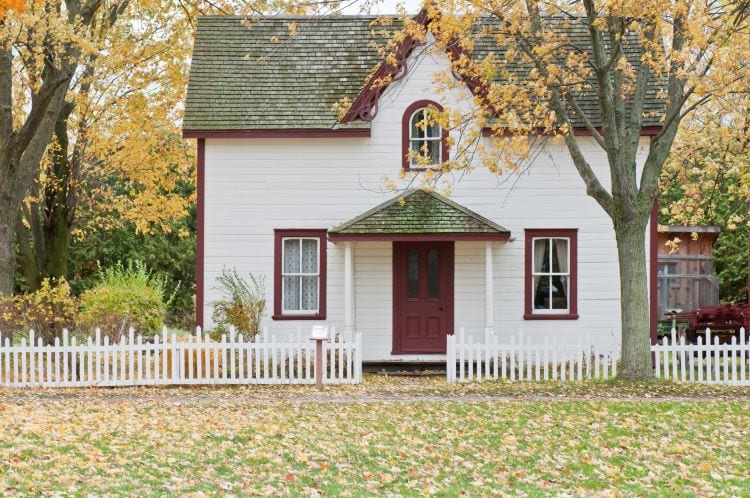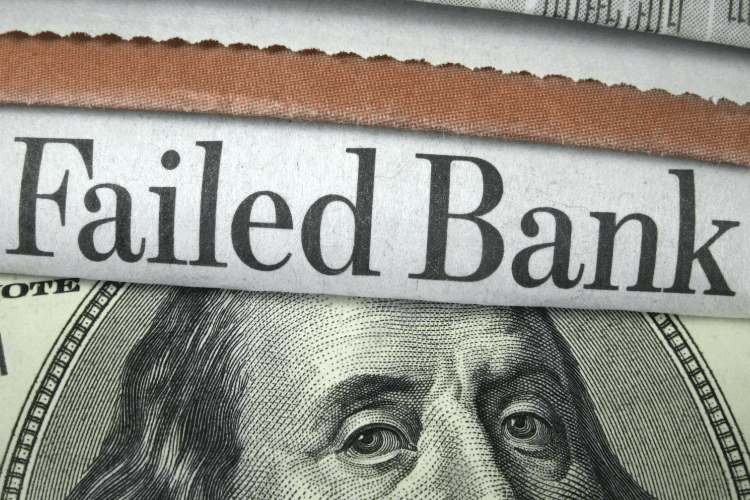What Is a Reverse Mortgage? Is It a Good Idea?

We spend so much of our lives pursuing, securing, and paying off the mortgage on our homes that the idea of incurring another one sounds counter-intuitive—if not downright insane. But, as it turns out, the reverse mortgage is a potentially valuable financial tool available to homeowners of a certain age. If you’re at least 62 years old and looking for a loan, or need a source of ready cash, a reverse mortgage may be right for you.
What Is a Reverse Mortgage?
True to its name, a reverse mortgage works in the opposite way of a conventional mortgage. Instead of the homeowner making payments to the lender, the lender makes payments to the homeowner. The money is coming from your own home—or, more precisely, the worth of your home.
Technically speaking, you are withdrawing a portion of the equity available in your home to receive funds you can spend, either as a lump sum or a line of credit. Federal law says you can’t borrow more than your home’s worth; if the loan balance does become larger—because your home has depreciated in value or you live a long time, say—you are not responsible for the difference.
You don’t need to repay your reverse mortgage until you move out, leave the home, or pass away. Then, the outstanding balance is due in full, or the lender can take possession of your home. However, a spouse can continue to live in the home after your death if you are both co-borrowers on the loan, and if other conditions are met.
For a full list of the requirements for a surviving spouse to stay in the home, see this helpful guide from the Consumer Financial Protection Bureau.
How Does a Reverse Mortgage Work?
You can begin exploring the option of a reverse mortgage by finding a lender that offers this sort of funding. The Home Equity Conversion Mortgage (HECM) is the most popular type of reverse mortgage and its insured by the federal government. Most FHA-approved lenders offer HECM products.
Your lender will review your account and determine the amount you can withdraw, based on the equity of your home. Many factors influence this decision, including your age, interest rate, sale price of your home, and HECM FHA mortgage limit.
Once your reverse mortgage amount is identified, you can choose whether to borrow your funds at a fixed or variable interest rate. If you opt for a fixed interest rate, you’ll receive a single lump sum payment and all of the responsibility involved in spending that sum properly.
If you opt for a variable interest rate, on the other hand, you can arrange your reverse mortgage with any of the following perks:
- Equal and predictable monthly payments
- Payments for a fixed period of months
- A line of credit that can be used, paid off, and used again
- A combination of a line of credit and a fixed monthly payment for a set amount of time
Am I Eligible For a Reverse Mortgage?
A reverse mortgage may be available to you if you meet certain qualifications, including being 62 years of age or older. Other criteria include the following:
- You own your home or a significant amount of it
- If you still owe some of your mortgage, it must be paid off using the proceeds from your reverse mortgage
- You live in the home as your primary residence and are current on all taxes, insurance, and mandatory obligations
- Your home is in good condition and will be kept that way
Weighing the Costs vs Benefits
As with any type of loan, a reverse mortgage has its own pros and cons.
Positively, reverse mortgages give you access to a large sum of money without monthly repayments until you move. The proceeds can be used for anything you need, including debts, living expenses, healthcare, or even luxuries.
On the downside, these benefits come at the cost of considerably high fees and closing expenses characteristic of reverse mortgages. Frankly, it’s an expensive way to borrow, even if you don’t have to repay the money monthly.
Also, do realize that with a reverse mortgage you are essentially selling your equity, or ownership, in your home to the lender. When the reverse mortgage comes due, it’s usually paid by selling the home, giving the lender the proceeds. You do get to keep any profit, though. That means you can’t pass the old homestead down to children or grandchildren.
You worked hard for 20 or 30 years to pay off your home, and though it would be ideal to remain debt-free on your property, sometimes retirement expenses or health care emergencies demand immediate access to more money.
A reverse mortgage makes it possible to tap into your largest single asset to achieve financial security. For many older Americans, that can be a boon; but make sure you understand all the ramifications of a reverse mortgage, and that it makes the most sense, compared to other financing options.
Don’t wait to get out of debt! Read this: A Complete, Step-By-Step Guide to Get Out of Debt.










